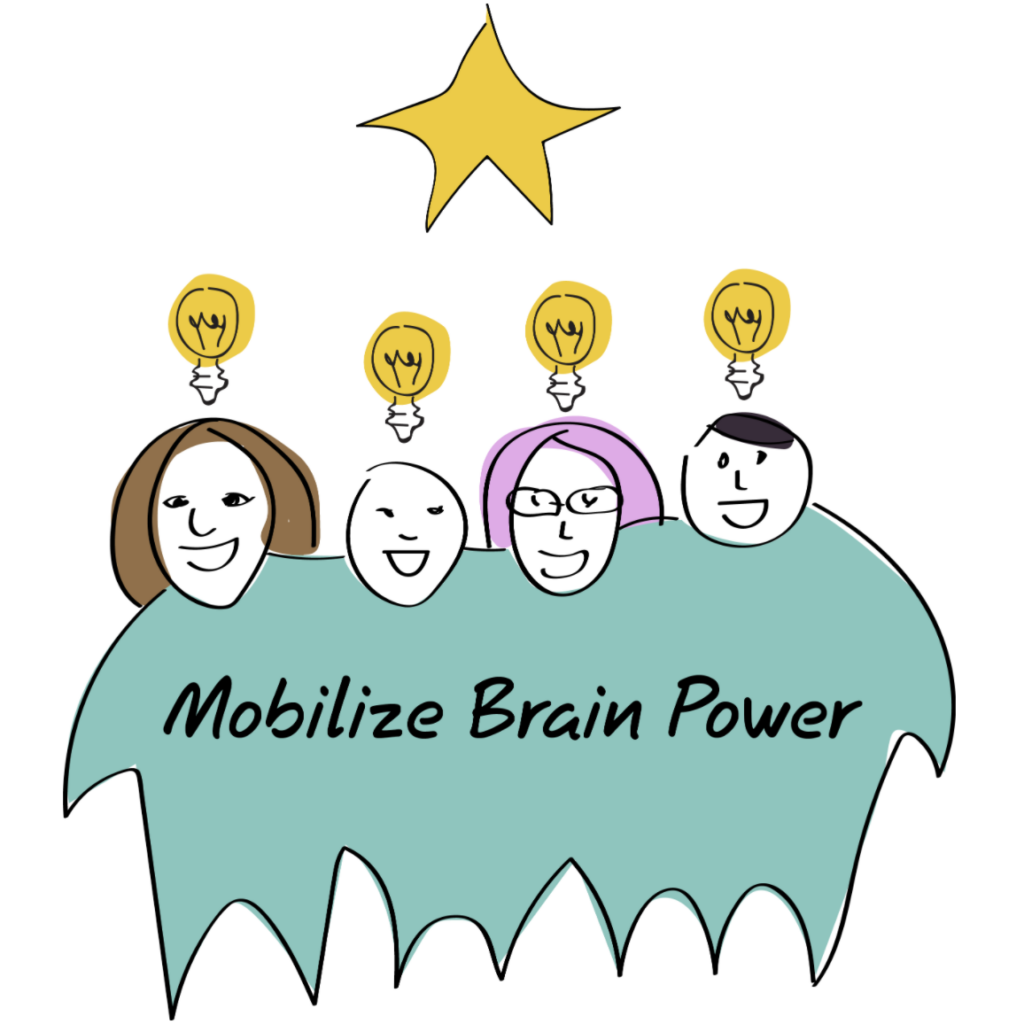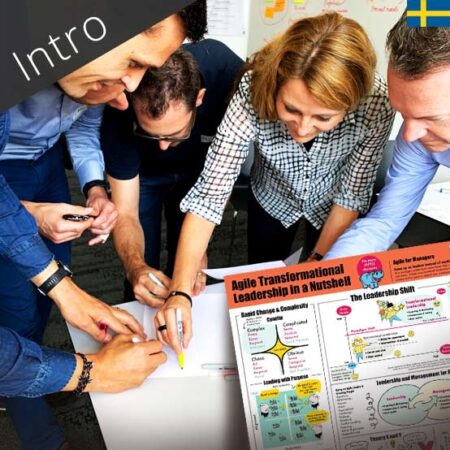“Imagine an organization that’s a fluid network of teams collaborating towards a common goal of delighting customers, where communication flows easily in all directions, and ideas can come from anywhere. What would that be like?”

The question above is an example of what’s known as a framing question. Such questions have many answers that helps to scope and clarify a problem just enough to move the conversation in a positive direction. Given that an organization’s ability to respond rapidly to market changes and emerging opportunities is determined through a series of day-to-day conversations, framing questions can serve as a valuable tool for Agile leaders wanting to achieve business agility.

Ed Morrison from Purdue University spent decades researching and implementing agility models in the social sector based on the transformational power of day-to-day conversations. He observed that every conversation is in response to some question, whether that question is asked explicitly or not, and choosing the right question makes an enormous difference to whether or not agility is achieved.
- Problem centered questions bog groups down into analysis, where members become paralyzed by the mistaken belief that there is one problem to solve
- Opportunity-centered questions emotionally engage people, where members see a complex problem to solve with many possibilities
The goal is to use questions to frame conversations so that the people are inspired to work together in new ways.
Questions that inspire and engage are called Framing Questions. Framing questions address potential opportunities and are surprising, rather than obsessing over known or hidden deficits. They frame what the collective wants more of rather than problems to overcome.
The framing questions force us to look at reality a little differently and are often used in Design Thinking and other Innovation models. As Ed Morrison points out, “a good framing question is complex enough that it will require the deeper thinking and engagement of each person in the conversation”. The most powerful framing questions tap into the collective intelligence of the whole and thereby mobilize organizational brainpower to achieve lasting business agility.

Framing questions often start with phrases such as:
- “How MIGHT we?”
- “What if?”
- “Imagine if… What would that be like?”
- “What’s already making us successful, and how can we do more of it?”
- “When have we seen…, and what might we learn and apply from these moments of success?”
- “Why can’t we…?”
Some more examples of powerful framing questions that can add vitality to business agility efforts are as follows:
- “Imagine an organization that’s a fluid network of teams collaborating towards a common goal of delighting customers, where communication flows easily in all directions, and ideas can come from anywhere. What would that be like?”
- “Imagine an organization where all jobs directly support the mission and values of an organization and all employees understand how their day-to-day activities support the organizational culture. What would that be like?”
- “Imagine a culture change program driven by employees and managers that focuses on influencing one unit first and uses the learning for the “next release”. What would that be like?”
- “Imagine a team-based, self-organizing organization. What is the role of line managers/development managers in this new networked team structure?”
- “Imagine a leadership development program where the participants get to decide and prioritize what they learn. What would that be like?”
- “Imagine a manager’s handbook created using agile ways of working. What would that be like?”
- “Imagine if HR only launched small scale initiatives that are piloted within specific teams, job families, or units where feedback is gathered early and often to determine whether the initiative should be expanded or scrapped. What could that be like?”
What are your experience with framing questions to frame conversations so that the people are inspired to work together in new ways? Share in the comments below!
And if you’re interested in reading more about Ed Morisson’s work, visit: https://strategicdoing.net/


